Lightning Meets Flanker: British F-35s Face Off Against Indian Su-30s in High-Stakes Mock Battle
From the Indian Ocean to Texas skies — this week, we look at the F-35’s clash with India’s Su-30s and the first flight of the legendary Bell XH-40, the helicopter that became the Huey.
“Half a dozen F-35Bs acted as the carrier’s shield, while a dozen Indian fast jets tried to penetrate the defensive screen.” – Royal Navy
Mission Briefing
Clash Over the Indian Ocean: British F-35Bs Face Indian Su-30s and Jaguars in Mock Carrier Attack
In a rare and headline-worthy display of airpower cooperation and competition, British F-35Bs and Indian Air Force Su-30MKIs squared off above the Indian Ocean in an intense simulated carrier defense scenario. The exercise took place on October 14, 2025, as part of Exercise Konkan 2025, with the Royal Navy’s flagship HMS Prince of Wales and her Carrier Strike Group 25 (CSG25) at the center of the mock battle.
The exercise featured six F-35B Lightning IIs from the RAF’s 617 “Dambusters” Squadron defending the Prince of Wales from an incoming “strike package” of eight IAF Su-30MKIs, four Jaguar maritime strike aircraft, and an Il-76 Phalcon airborne radar platform. The scenario simulated a full-scale attack on a carrier group—testing detection, engagement, and defensive coordination against a multi-axis assault.
The Royal Navy described the event as the “first UK carrier clash with Flankers,” marking the first time British F-35Bs have directly engaged Indian fighters in mock combat. Over the course of the drill, the two sides executed four dogfights and three mission profiles, with the F-35Bs operating as Combat Air Patrols attempting to intercept the Su-30s before they could reach missile release range.
For British pilots, the exercise provided valuable exposure to the Su-30MKI’s agile maneuvering—closely related to the Russian Su-30SM, Su-35, and China’s J-16—aircraft they could one day face in real-world scenarios. Meanwhile, Indian aviators gained insights into the F-35’s stealth, sensor fusion, and electronic warfare prowess.
The IAF’s Su-30MKIs, long the backbone of India’s air dominance fleet, have been partially armed with the BrahMos-A supersonic cruise missile, giving them a potent maritime strike capability. Supporting them were Jaguar strike aircraft upgraded with the DARIN III avionics suite and the Phalcon AWACS—a modified Il-76 platform equipped with the Israeli EL/W-2090 AESA radar.
Both nations hailed the exercise as a success, emphasizing “interoperability, mutual trust, and a shared commitment to regional stability.”
Exercise Konkan 2025 itself was a two-phased operation involving the Royal Navy and Indian Navy, including carrier operations between the HMS Prince of Wales and INS Vikrant. The scenario capped the final leg of the UK’s six-month Operation Highmast Indo-Pacific deployment, which also included joint drills with Malaysia, Japan, and Norway.
For both nations, the clash was less about rivalry and more about readiness. As the Indo-Pacific grows increasingly contested, this “mock carrier attack” offered a powerful—and friendly—reminder of what modern air-sea warfare could look like between near-peer forces. What is interesting about this exercise is that despite the relatively small numbers of aircraft involved, it gives the Royal Navy some much needed practice against a near peer force. What do you think? Should the US Navy participate in similar drills in the Indian Ocean this year? Comment below.
This Week in Aviation History
Birth of the Huey: 20 October 1956 – The Bell XH-40 Takes Flight in Texas
On October 20, 1956, Bell Aircraft test pilots Floyd W. Carlson and Elton J. Smith lifted the Bell Model 204—designated XH-40—off the ground for the very first time over Hurst, Texas. What began as a simple prototype for a battlefield medical evacuation helicopter would evolve into one of the most iconic aircraft in aviation history: the UH-1 “Huey.”
The XH-40 was a six-seat, turboshaft-powered light helicopter designed primarily for medevac and utility missions. It could carry two pilots and four passengers, or two stretcher patients and a medic. Compact but capable, the prototype measured just over 53 feet in length with rotors turning and stood nearly 15 feet tall. Despite an empty weight under two tons, it could lift to a maximum gross weight of 5,650 pounds.
Powering this new generation of rotorcraft was Lycoming’s experimental XT53-L-1 turboshaft engine—delivering 825 shaft horsepower through a five-stage axial and single-stage centrifugal compressor. Its innovative reverse-flow design shortened the engine’s length and paved the way for a revolution in helicopter performance. With this powerplant, the XH-40 could reach 133 knots (153 mph) and hover at altitudes exceeding 17,000 feet—unthinkable numbers for piston-powered predecessors.
The Bell XH-40’s success led quickly to refinement and production. Three prototypes and six service-test aircraft were built, later designated YH-40 and then HU-1. The Army’s shorthand nickname “Huey” came from that original HU-1 designation—and it stuck even after a service-wide renaming to UH-1.
From Vietnam’s jungles to disaster relief missions worldwide, the Huey became synonymous with rescue, air assault, and mobility. Its unmistakable rotor thump is the sound of six decades of service. The design spawned multiple generations—the UH-1D/H, the twin-engine UH-1N, and today’s advanced Model 412EPI and Subaru Bell EPX—proof that the Huey’s DNA is still flying strong nearly 70 years later.
Interestingly, the XH-40’s first flight coincided with the death of Bell Aircraft founder Lawrence D. Bell, marking both the end of one era and the beginning of another.
In Case You Missed It
Here’s a refresher on the Raider:
Photo Outlet
Every issue of Hangar Flying with Tog gets you a free image that I’ve taken at airshows:
Feel free to use these photos however you like, if you choose to tag me, I am @pilotphotog on all social platforms. Thanks!
Post Flight Debrief
Like what you’re reading? Stay in the loop by signing up below—it’s quick, easy, and always free.
This newsletter will always be free for everyone, but if you want to go further, support the mission, and unlock bonus content, consider becoming a paid subscriber.
Your support keeps this flight crew flying—and I couldn’t do it without you.
– Tog



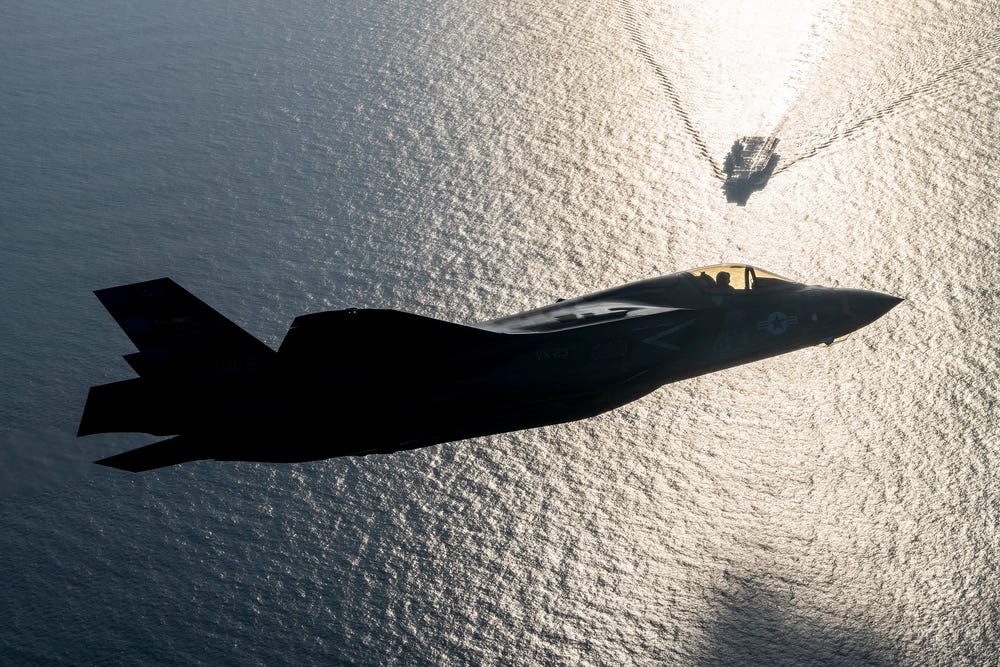
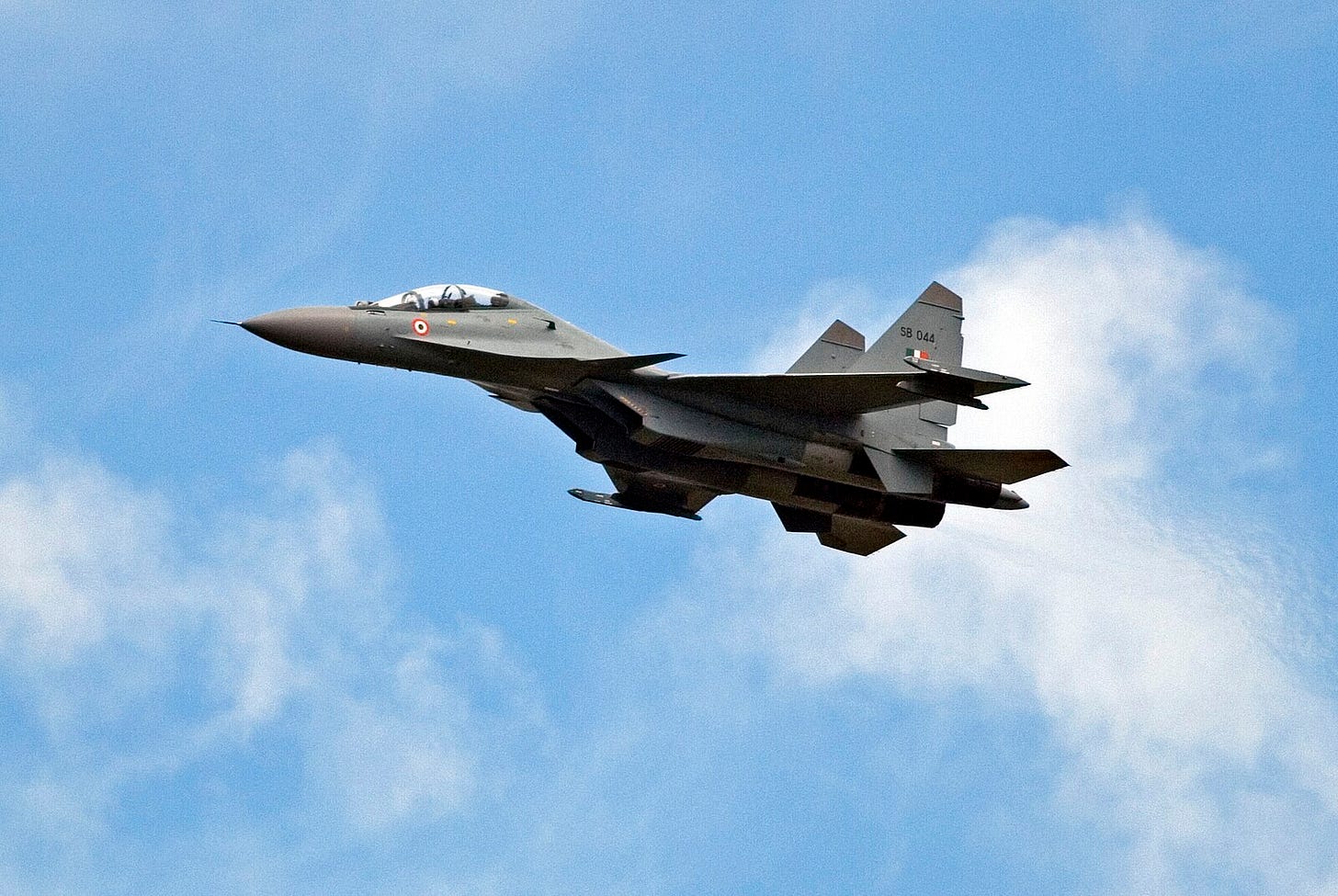
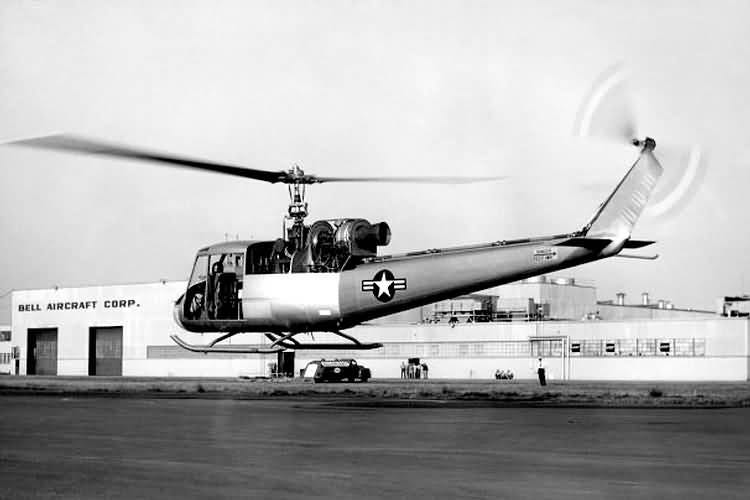
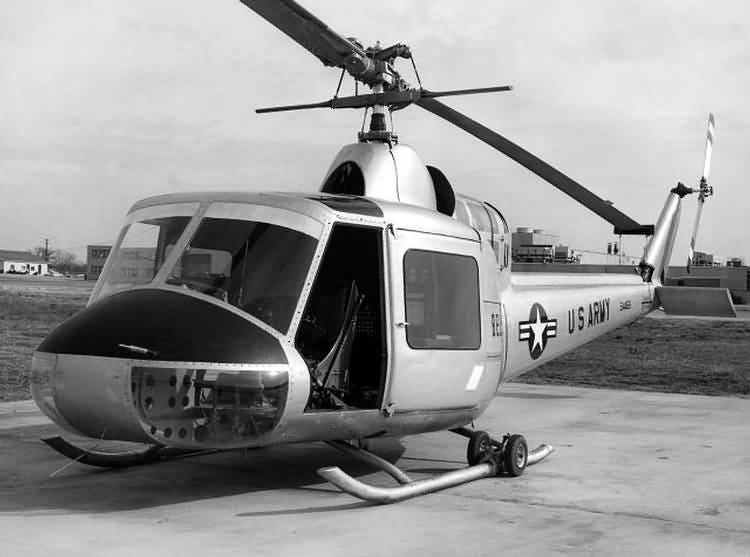
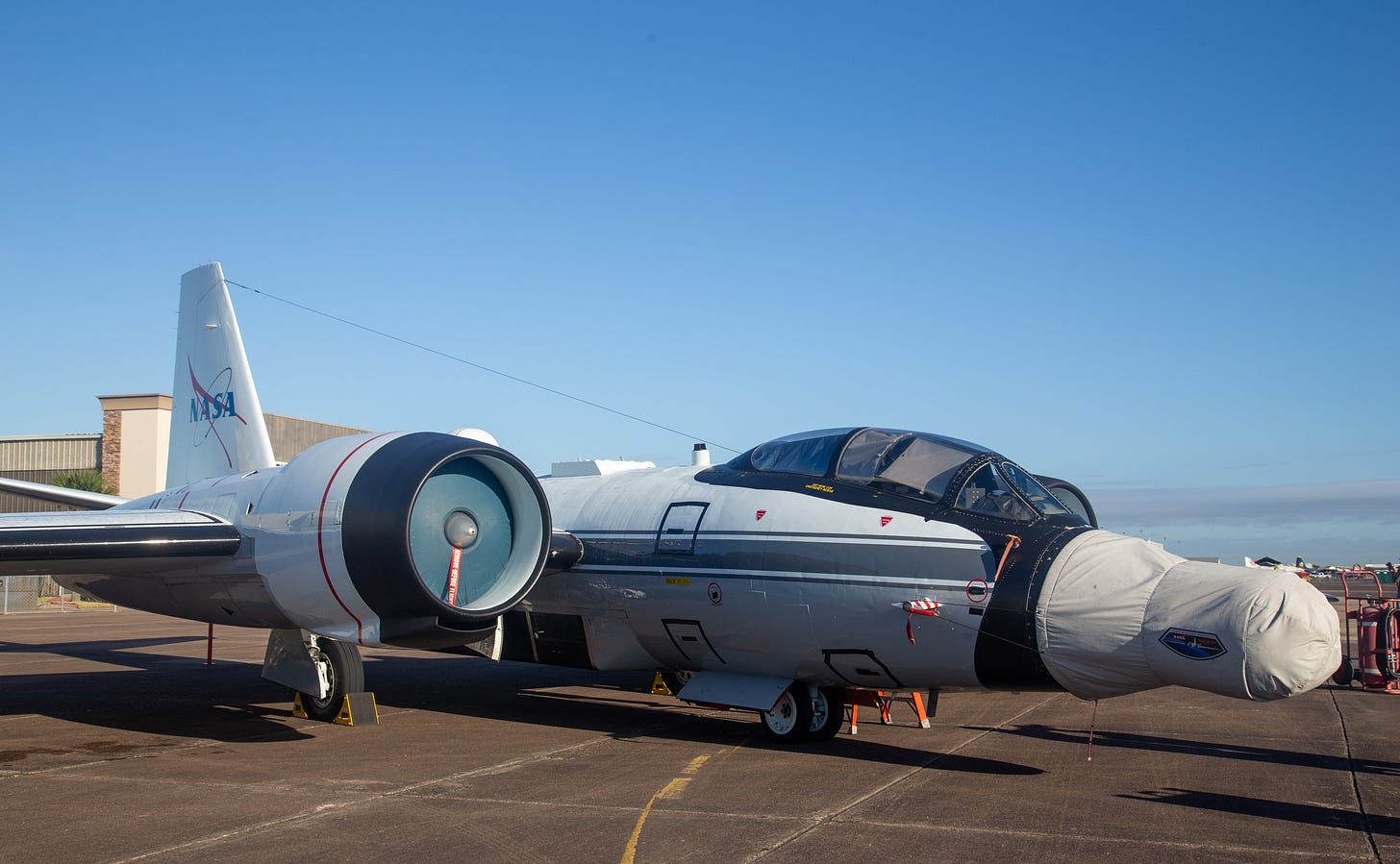
that's a B-57 Canberra...